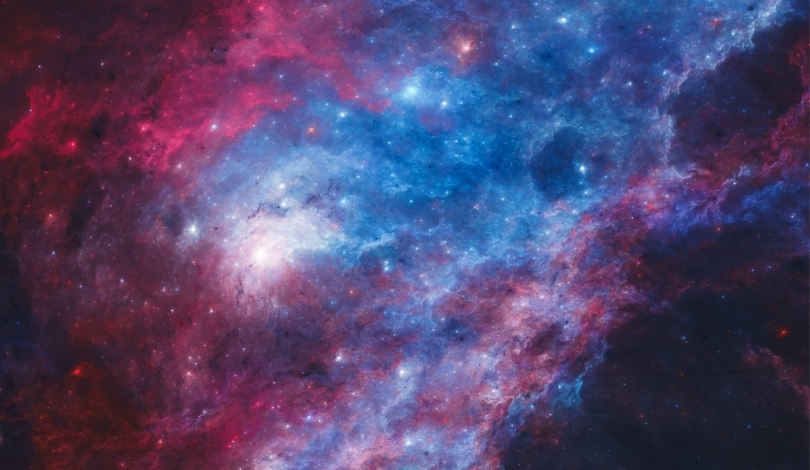The European Space Agency’s Euclid mission has embarked on an ambitious journey to map the vast expanse of the Dark Universe. This mission aims to enhance our understanding of dark matter and dark energy by creating an unprecedented three-dimensional map of billions of galaxies. By leveraging cutting-edge technology and international collaboration, Euclid seeks to unlock the secrets that have puzzled astronomers for decades.
Recent developments reveal that the initial phases of the Euclid mission are progressing as planned. The launch, which utilized SpaceX’s Falcon 9 rocket, marked a significant milestone for the ESA’s Cosmic Vision Programme. Early images released by Euclid have demonstrated the mission’s potential to provide detailed insights into the structure of the Universe.
What Are Euclid’s Primary Objectives?
The mission focuses on measuring the effects of Dark Matter and Dark Energy on the cosmos. By observing the shapes, distances, and movements of billions of galaxies, Euclid aims to produce the most accurate estimates of galactic masses and cosmic expansion over the past ten billion years.
How Has Euclid Advanced Compared to Previous Missions?
Unlike earlier missions, Euclid utilizes the VISible instrument (VIS) with 36 CCDs, each boasting 4000 x 4000 pixels. This advanced technology allows for the detection of subtle features such as interstellar gas and dust clouds, providing a more detailed view of the galactic environment.
What Are the Future Plans for Euclid’s Data Releases?
By March 2025, Euclid plans to release 53 square degrees of its survey, including previews of the Euclid Deep Field areas. The first year of cosmology data is expected to be available in 2026, offering valuable insights for the scientific community.
“This stunning image is the first piece of a map that, in six years, will reveal more than one-third of the sky. This is just 1% of the map, and yet it is full of a variety of sources that will help scientists discover new ways to describe the Universe.”
The extensive collaboration within the Euclid Consortium, comprising over 2000 scientists from 300 institutes worldwide, underscores the mission’s global significance. Their collective efforts are crucial in ensuring the success of Euclid‘s objectives and the advancement of cosmological research.
Euclid’s approach builds upon past astronomical missions by providing more comprehensive data and higher resolution imagery. The mission’s integration of advanced imaging technology and extensive international cooperation sets a new standard for future space exploration endeavors.
The depth and breadth of Euclid‘s survey will significantly contribute to our understanding of the Universe’s expansion and the enigmatic components that drive it. As the mission progresses, the data collected will be invaluable for developing new theories and refining existing models in cosmology.










